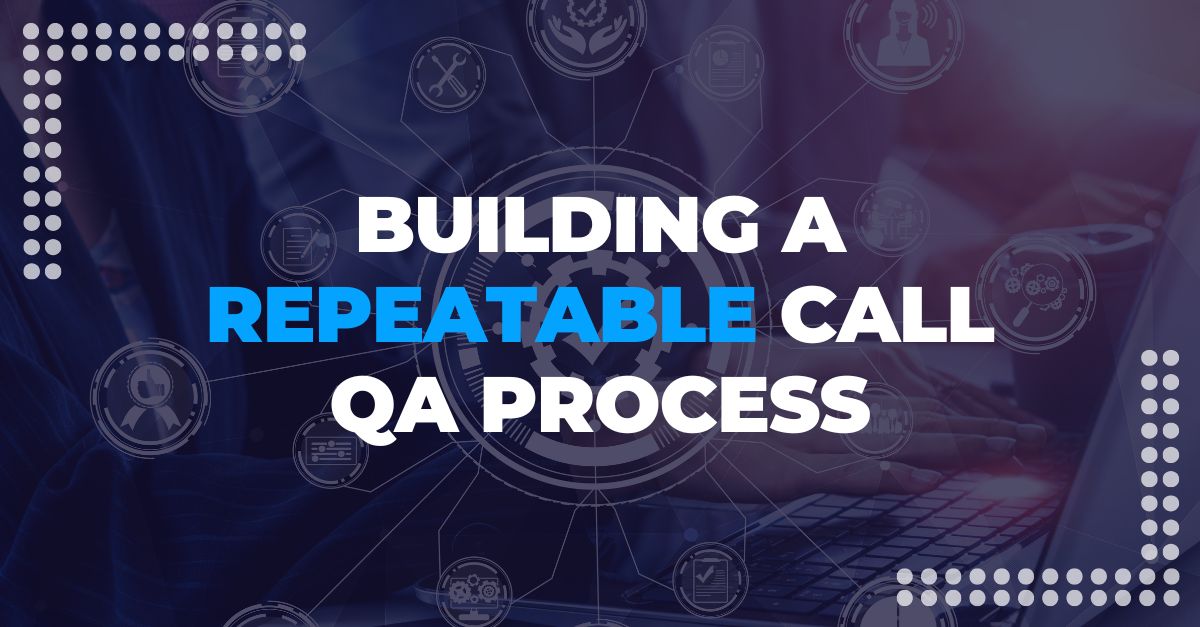Ensuring employee safety while maintaining operational efficiency has become an increasingly complex challenge.
The rise of modern threats and the financial implications of downtime necessitate innovative approaches to safeguarding agents without compromising business continuity.
This post explores the key aspects of balancing safety and operations, the role of proactive measures, and how AI-powered solutions can transform threat management in industries like call centers, financial institutions, and many more.
If you’d rather listen than read, check out this podcast episode with Aaron Slavin.
Balancing Employee Safety
Operations leaders face a recurring challenge: safeguarding employees while keeping operations running smoothly. Striking this balance is essential but tricky, especially when emergencies arise.
Weighing Employee Protection Against Operational Efficiency
Employee safety must always take precedence, yet halting operations entirely during potential threats can result in significant financial losses.
In environments like call centers, with their high-pressure demands, are often prone to incidents such as verbal harassment, physical threats, or proximity concerns.
The Cost of Downtime
According to industry reports, call center downtime costs businesses approximately $5,600 per minute on average.
Evacuations due to safety concerns, even if precautionary, can disrupt service levels, damage customer satisfaction, and impact revenue.
These financial consequences make it crucial to adopt a more nuanced approach to safety planning, one that prioritizes both employee well-being and business resilience.
Proactive Measures for Business Continuity
To address these challenges, businesses are increasingly adopting proactive strategies to ensure continuity without compromising safety.
Building Redundancy
Redundancy has become a core focus for financial institutions and call centers. Establishing multiple operational hubs, distributing workloads across geographies, and employing hybrid workforce models reduce reliance on a single location.
Redundancy helps ensure that even if one business is compromised, others can absorb the demand.
But this remains difficult when you have an in-person work environment. Where a remote work environment may have its challenges, but you can shift demand quickly.
If you’re ever interested in learning about Gig Economy is revolutionizing the call center workforce, take a look at this.
The Role of AI in Proactive Planning
AI-powered platforms, like Abstrakt, enhance crisis readiness by providing real-time data analysis, threat assessments, and actionable insights.
When specific words or phrases are said on a call, it can trigger real-time notifications via Slack or Microsoft Teams to let management know there is an issue.
These tools streamline response efforts, allowing businesses to adapt swiftly to evolving situations.
How AI Enhances Decision-Making
Artificial intelligence has become a game-changer for modern businesses. These tools offer advanced solutions to enhance safety, reduce downtime, and maintain productivity.
Real-Time Threat Analysis
One of the key advantages of AI is its ability to process vast amounts of data in real-time. Abstrakt, for instance, can analyze the severity of threats during live interactions.
This capability allows decision-makers to prioritize responses effectively, ensuring legitimate threats are addressed promptly while avoiding overreaction to false alarms.
The helps balance employee safety with your business operations.
Minimizing Business Disruptions
AI-driven systems provide instant alerts and detailed evaluations of potential risks. For example, if an agent receives a threatening call, the platform can assess the threat level, recommend immediate actions, and notify relevant personnel.
This minimizes disruption and prevents unnecessary evacuations or interruptions.
Case Study: Learning from Past Incidents
To better understand the importance of balancing safety with operations, let’s examine some lessons from real-world scenarios:
Physical Threats and Proximity Concerns
In one incident, a call center located in a high-crime area faced repeated physical threats to its employees.
The company implemented stricter access controls and partnered with local law enforcement to enhance security.
Additionally, they adopted remote work policies during high-risk periods to ensure employee safety without halting operations entirely.
Harassment and Psychological Impact
A leading financial institution reported rising instances of verbal harassment against its agents, which led to increased turnover rates.
By introducing AI tools capable of monitoring calls for abusive language, the company was able to intervene in real-time, reducing stress on agents and improving retention.
Evolving Threats in Modern Companies
The risks faced by companies today extend beyond physical safety concerns.
Increasing Instances of Harassment
Workplace harassment, particularly in call centers, is on the rise. Verbal abuse from customers or threats during calls can demoralize agents and impact their mental health. Prolonged exposure to such environments often leads to higher attrition rates, increasing recruitment and training costs.
Safety Threats and Their Business Impact
Threats, whether physical or virtual, pose significant risks to employee morale and organizational reputation. Addressing these challenges proactively is essential to sustaining trust among employees and customers alike.
Technology Can Help
Balancing employee safety with business continuity is no longer a choice but a necessity.
As threats evolve, companies must adopt smarter, more efficient strategies to protect their workforce while maintaining operational efficiency.
At Abstrakt, our platform helps address these challenges by doing the following:
- Enhance real-time threat detection and response
- Reduce unnecessary downtime and operational disruptions
- Build a safer, more resilient workplace for your employees
By adopting innovative tools and strategies, businesses can successfully navigate the delicate balance between safeguarding employees and ensuring business continuity.


